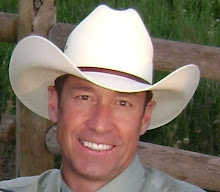Lawns that are heavily compacted or that contain a thick layer of thatch need to be aerated more frequently than other lawns. For the average lawns, aeration once each year, usually in the fall, is adequate. For heavily compacted or thatched lawns, aeration should probably occur twice a year once in the spring and once in the fall.
The benefits of aeration are numerous. Aeration will help eliminate thatch. It will also help combat the effects of soil compaction and improve soil quality in poor soil lawns. Aeration will also help your lawn to establish a good, strong root system. Properly rooted lawns are healthier, stay green with less water and survive the winters better. Aeration also lessens the effects of water run-off during irrigation times, which means you’ll save money and water.
Finally, with all those holes from aerating, re-seeding is ideal. The seed is able to fill the voids left by aeration and help thicken or introduce more grass plants to the lawn. For warm climates, those who seed cool season grasses find re-seeding following aeration the idea time. Simple actions produce those desirable lawns that are the envy of the neighborhood.
Next Week: Fall Fertilization





No comments:
Post a Comment